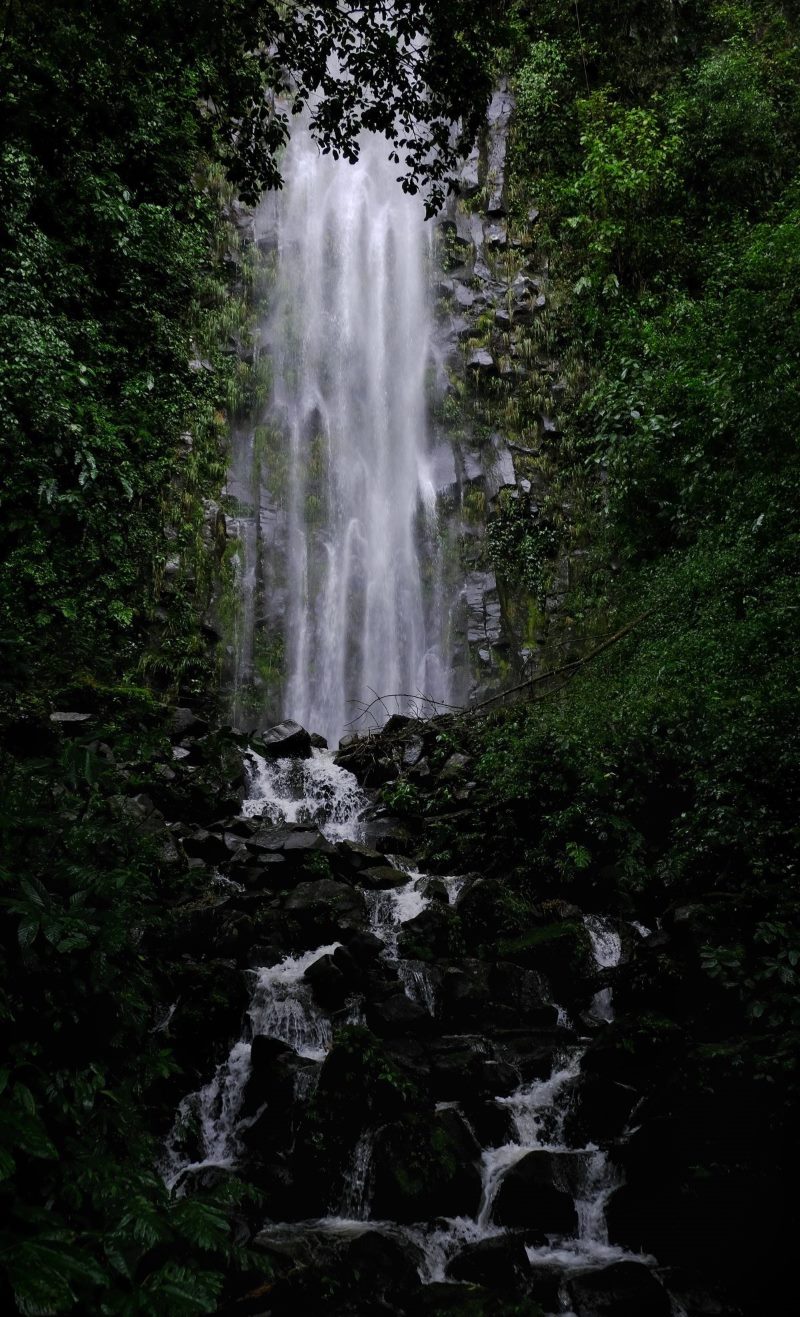The Best of Luxor and Aswan in 4 Day Tour from Luxor
If you’re planning a trip to Egypt, be sure to put Luxor and Aswan on your list of destinations. These cities are home to some of the world’s most well-known ancient sites, and this four-day tour will take you to the best of them.Overview
This tour includes transportation to and from your hotel or port, an air-conditioned vehicle, and a qualified Egyptologist guide. You’ll visit eight stops in Luxor and four stops in Aswan, including the Abu Simbel Temple Complex, Temple of Philae, and Aswan High Dam. Accommodations are included, but food and drinks are not. You’ll have the option to add any additional tours mentioned in the itinerary.Day 1: Luxor West Bank
Your first day on the tour will take you to the west bank of Luxor. You’ll see the Valley of the Kings, where many pharaohs are buried, the Temple of Queen Hatshepsut, and the Colossi of Memnon, two enormous statues of Pharaoh Amenhotep III. You’ll also visit the Medinet Habu and the Ramesseum temples and the Deir el-Medina, which is the remains of a village that housed the craftsmen who built the tombs.Day 2: Luxor East Bank
Your second day in Luxor will focus on the east bank of the Nile River. You’ll start with a visit to the Temple of Karnak, which took about 2,000 years to complete. Next, you’ll visit the Luxor Temple, which was the center of the ancient city of Thebes. You’ll also have an opportunity to see the Sound and Light show at the Karnak Temple if you choose the optional tour.Day 3: Aswan
On your third day, you’ll leave Luxor and head to Aswan. You’ll visit the Temple of Philae, which is dedicated to the goddess Isis, and the Aswan High Dam, one of the largest and most successful engineering projects in modern times. You’ll also be able to take a short boat ride on the Nile River.Day 4: Abu Simbel Temple Complex
On your final day, you’ll visit the Abu Simbel Temple complex, located about 180 miles southwest of Aswan. You’ll have a chance to see the incredible rock-cut temples, built by Pharaoh Ramses II, and his beautiful wife, Queen Nefertari, who ruled Egypt with him. The temples are some of the most important, beautiful, and awe-inspiring historical sites on the planet—an absolute must-see for anyone visiting Egypt.Additional Information
This private tour accommodates groups of all sizes and is operated by Luxor Travels. Confirmation of your booking will be sent to you within 48 hours of your reservation, subject to availability. Please note that this tour is not wheelchair accessible. You’ll need to provide passport details at the time of booking, and participants must have their passport available during the tour. You can cancel your booking up to seven days before the tour starts. The pick-up time is at 06:30 AM, and exact pick-up location and time will be provided on your voucher. You’ll have a chance to choose your pick-up point during the booking process.Book Your Tour Now
The Best of Luxor and Aswan in 4 Day Tour from Luxor is a fantastic way to explore these two ancient Egyptian cities. You’ll see some of the most famous and fascinating historical sites in the world, and you’ll have a qualified guide to provide insight and information throughout the tour. We recommend this tour to anyone who wants to experience Egypt’s rich history and culture firsthand. Book the tour here and experience the best of Luxor and Aswan in just four days!
Frequently Asked Questions About Luxor
If you’re planning a trip to Egypt, Luxor is a must-visit destination. This city is filled with history and culture, and there’s no shortage of things to see and do. This FAQ will answer some common questions about the city of Luxor to help you plan your trip.1. Where is Luxor located?
Luxor is located in southern Egypt, along the banks of the Nile River. It’s about 420 miles south of Cairo and 165 miles north of Aswan.2. What is the history of Luxor?
Luxor was the ancient city of Thebes and served as the capital of Egypt during the New Kingdom period, from the 16th to the 11th century BC. During this time, many of the city’s most famous landmarks, such as the Valley of the Kings and the Karnak Temple Complex, were built.3. What are some of the top attractions in Luxor?
There are many amazing attractions to see in Luxor, including:The Valley of the Kings:
This is where many of the ancient pharaohs were buried, including Tutankhamun.The Karnak Temple Complex:
This is a massive complex of temples, chapels, and pylons that were built over a period of 2,000 years.The Luxor Temple:
This temple was dedicated to the god Amun and was built during the New Kingdom.The Colossi of Memnon:
These two statues are over 3,000 years old and depict the pharaoh Amenhotep III.The Ramesseum:
This temple was built by Ramses II and is dedicated to the god Ra.4. When is the best time to visit Luxor?
The best time to visit Luxor is between October and April. This is when the weather is the most pleasant, with temperatures hovering around 70-80 degrees Fahrenheit. However, keep in mind that this is also peak tourist season, so crowds can be significant.5. What should I wear when visiting Luxor?
When visiting Luxor, it’s important to dress modestly, especially when visiting religious sites. Women should wear long-sleeved shirts and skirts or pants that cover the ankles. Men should wear pants and shirts with sleeves.6. How do I get around Luxor?
There are many ways to get around Luxor, including taxis, buses, and feluccas (traditional Egyptian sailboats). Many visitors choose to hire a private guide to show them around the city and its many attractions.7. What is the local currency in Luxor?
The local currency in Luxor is the Egyptian Pound (EGP). You can exchange currency at banks and exchange bureaus throughout the city.8. What is the local language in Luxor?
The local language in Luxor is Egyptian Arabic. However, many people in the city also speak English, especially those who work in the tourism industry.9. Are there any safety concerns in Luxor?
While Luxor is generally a safe city for tourists, it’s always important to be aware of your surroundings and take precautions. It’s also a good idea to avoid traveling alone at night and to keep an eye on your belongings when in crowded areas.10. What is the food like in Luxor?
The food in Luxor is delicious and varied, with many traditional Egyptian dishes on offer. Some popular dishes to try include koshari (a mix of rice, lentils, and pasta), ful medames (a dish made from fava beans), and taameya (Egyptian falafel). There are also many international restaurants in the city, serving everything from Italian to Chinese cuisine.Book Your Tour Now
Luxor is a city steeped in history and culture, and there’s so much to see and do. Whether you’re interested in ancient Egyptian history or just want to soak up the atmosphere of this vibrant city, Luxor is well worth a visit. With this FAQ, you should now have a better understanding of what the city has to offer and how to plan your trip.
How to Spend Your Time as a Tourist in Luxor
Luxor is a city located in Upper Egypt, renowned for its remarkable and well-preserved ancient monuments. Consequently, it attracts millions of visitors every year who are eager to explore its rich history and cultural heritage. In this guide, we’ll take you through some of the best things to do in Luxor during your visit.1. Visit the Karnak Temple Complex
Karnak Temple complex is the second most visited tourist attraction in Egypt, only after the Giza Pyramids. It is considered as one of the most significant monuments of Ancient Egypt, spanning over 2 square kilometers. The gigantic complex contains numerous temples, chapels, and shrines, some of which are over 4000 years old. Be sure to take a guided tour to fully understand the history and significance of this magnificent site.2. Explore the Valley of the Kings
The Valley of the Kings is situated on the west bank of the Nile River and is home to the tombs of pharaohs and powerful nobles. The valley was the main burial site for the pharaohs of the New Kingdom and contains 63 tombs, each with unique designs and decorations. Some of the best-preserved tombs in the valley include the tomb of Tutankhamun, which was discovered nearly intact, and the tomb of Ramesses VI, renowned for its stunning ceiling decoration.3. Visit the Luxor Museum
The Luxor Museum is a must-see attraction for history enthusiasts. It contains artifacts from the pharaonic period up to the Islamic era. Among the museum’s top displays are the two colossal statues of the pharaoh Amenhotep III, a statue of Tutankhamun, and the Royal Mummies Exhibit, which features mummies from the New Kingdom period. The museum also exhibits several reliefs, architectural elements, pottery, and jewelry from various dynasties.4. Take a Hot Air Balloon Ride at Sunrise
If you want to witness the beauty of Luxor from a unique perspective, a hot air balloon ride at sunrise is the answer. Take in the stunning views of the Nile River, the temple complexes, and the surrounding mountains as you gently fly over the city. With the orange sun creeping over the distant mountains, you’ll have an experience of a lifetime that you’ll cherish forever.5. Visit Luxor Temple
Luxor Temple was constructed during the New Kingdom era and is one of the most beautiful temples in Egypt. The temple was dedicated to the god Amun and features imposing statues of various pharaohs, intricate carvings, and hieroglyphics. The temple is also renowned for its well-preserved colossal statues of the pharaoh Ramses II.6. Take a Felucca Boat Ride
A felucca boat is a traditional wooden sailboat that takes you on a relaxed and peaceful journey on the Nile River. You can enjoy the fresh breeze and take in the stunning views of Luxor’s lush greenery, desert mountains, and the surrounding scenery. Many felucca boat tours offer sunset or sunrise trips, complete with snacks and refreshments.7. Visit the Temple of Hatshepsut
The Temple of Hatshepsut, also known as Deir el-Bahri, is located on the west bank of the Nile River. It is one of the most unique temples in Egypt and was designed to blend into the massive limestone cliffs. The temple is dedicated to the female pharaoh Hatshepsut and is famous for its stunning architecture, terraces, and colonnades with intricate reliefs.8. Visit Habu Temple
Habu temple, also known as the temple of Ramses III, is located on the west bank of the Nile in Luxor. The temple dates back to the 20th dynasty and was built to commemorate the pharaoh’s victories in various battles. The walls and columns of the temple are decorated with stunning reliefs that showcase different battles, the pharaoh’s achievements, and his religious beliefs.Book Your Tour Now
Luxor is a city that’s steeped in history and culture, providing a rich and immersive experience for visitors. From the awe-inspiring temple complexes to the tranquil beauty of the Nile River and the surrounding mountains, this city deserves to be on every traveler’s bucket list. With this guide, you can plan your itinerary and make the most out of your visit to Luxor.Table of Contents

